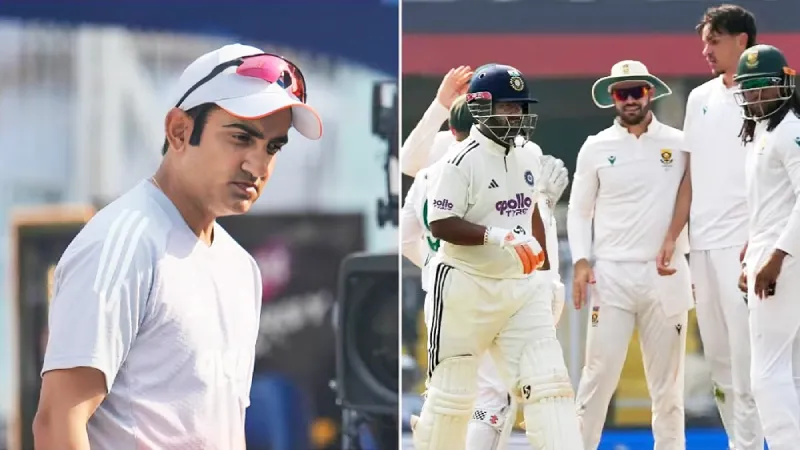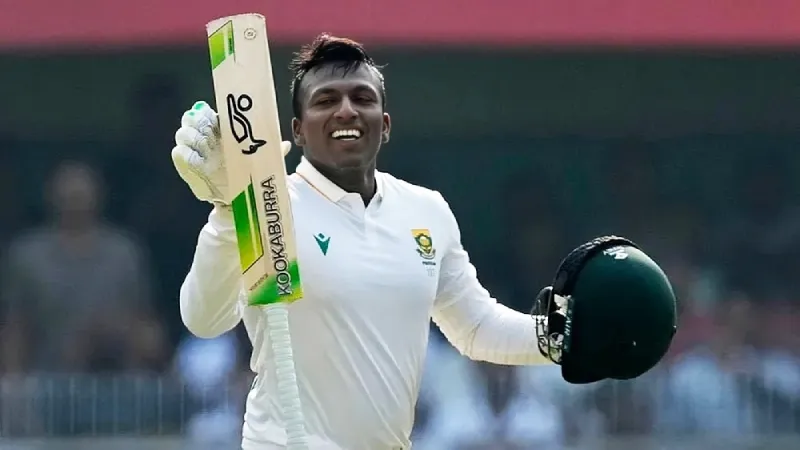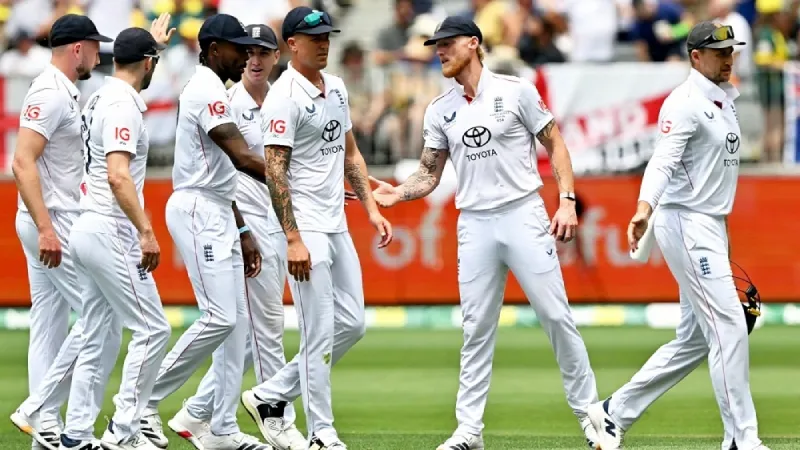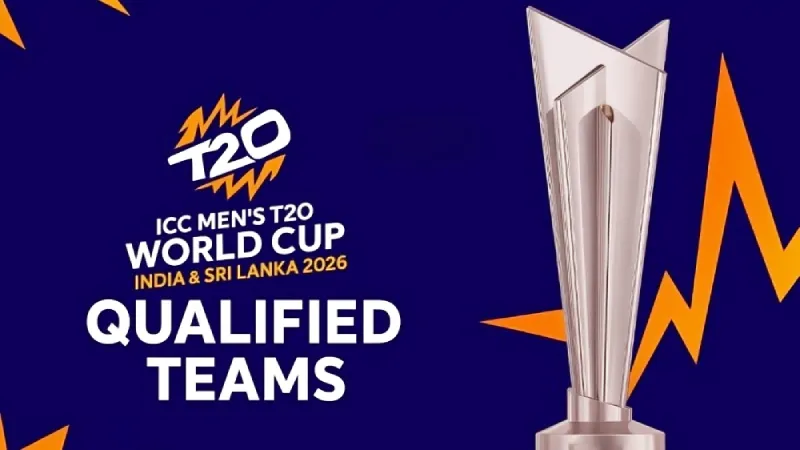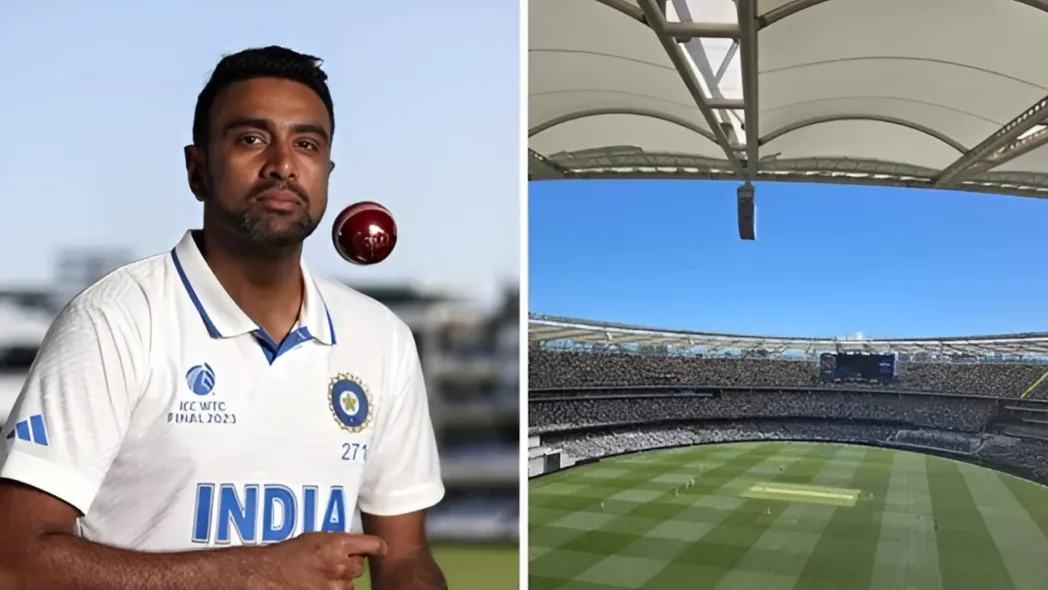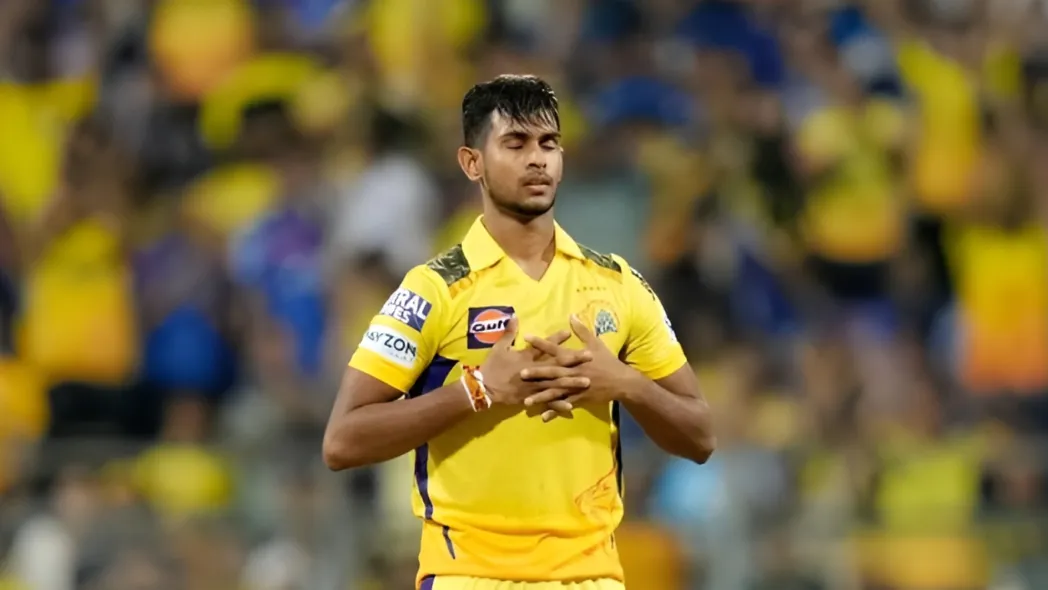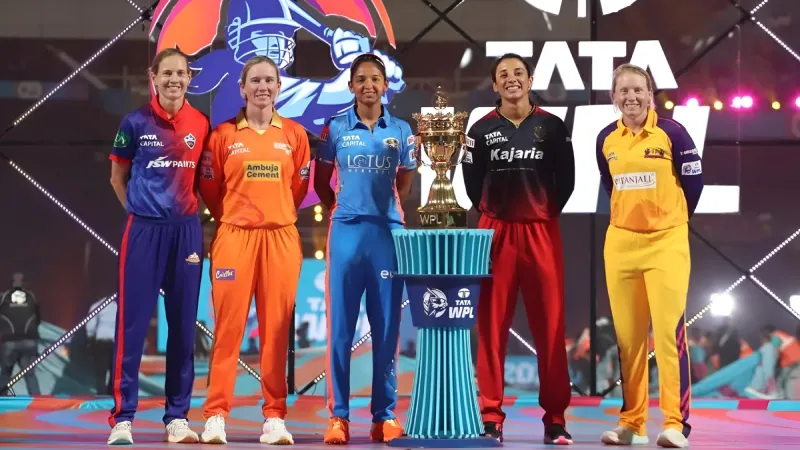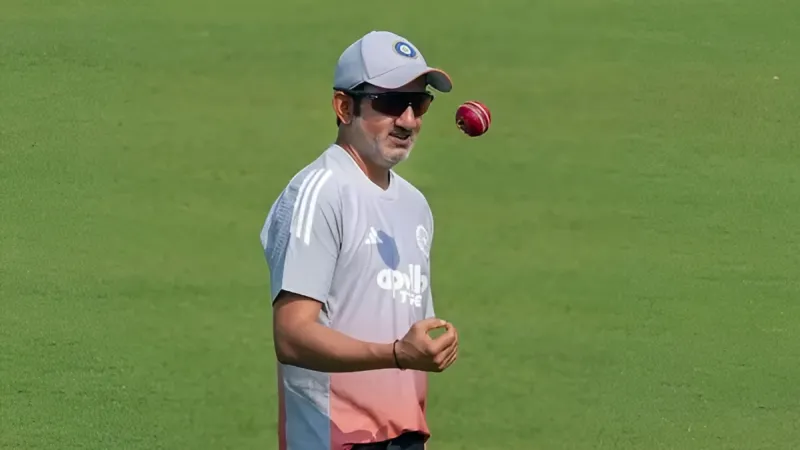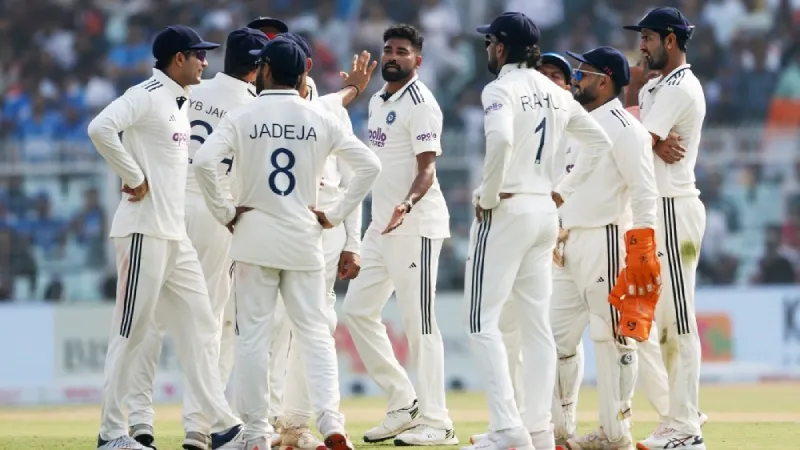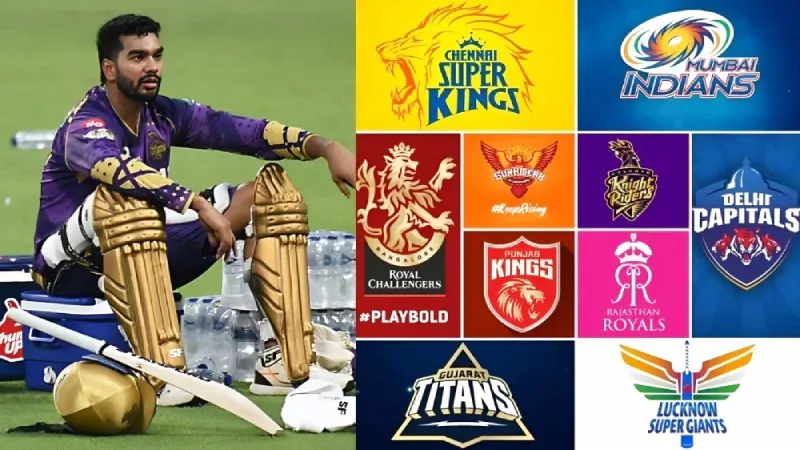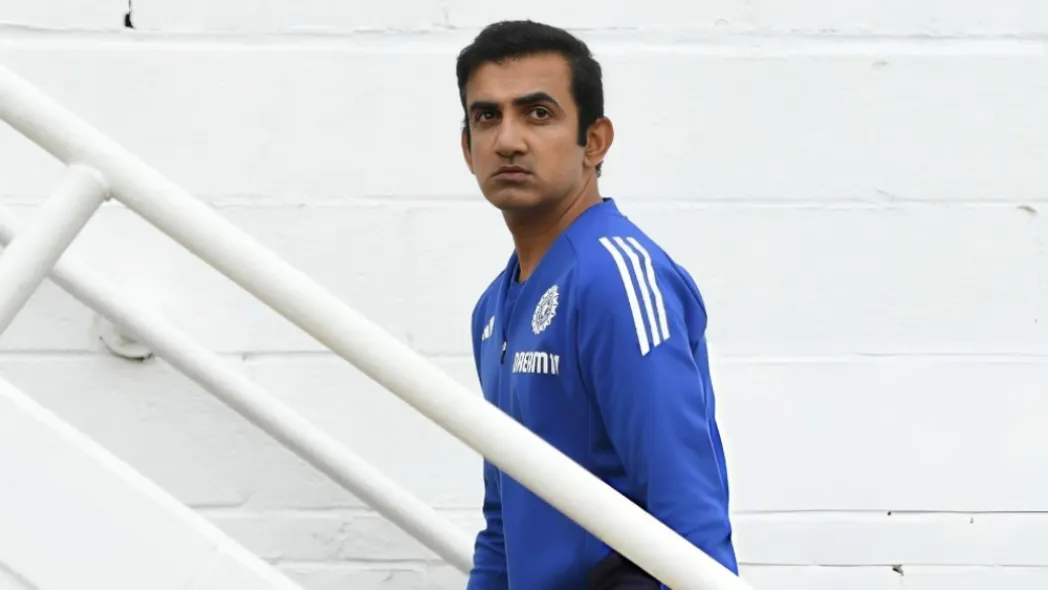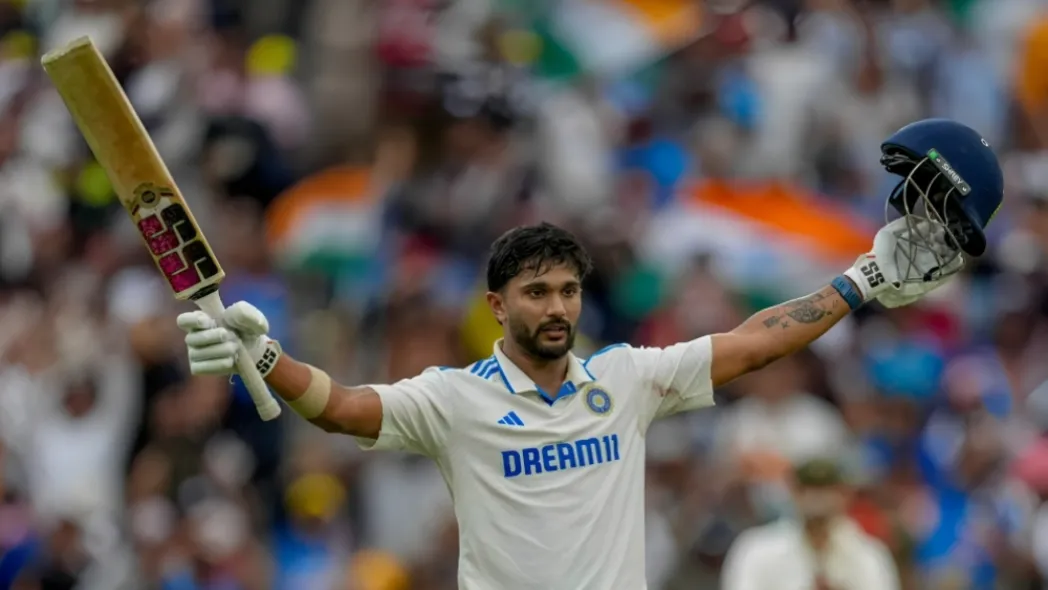There are bad Test days, and then there are “Guwahati, Day 3” Test days, the kind that make even diehard fans quietly close the scorecard tab and ask the heavens: “How did we get here?” India, already wounded after losing the series opener, watched South Africa stroll to 489 and then flatten their batting in reply for a painful 201. By stumps, the Proteas’ lead had ballooned to 314, and the home crowd had run out of excuses, outrage, and optimism all at once.
Gautam Gambhir is in the center of a disaster that represents an identity crisis, as opposed to an individual slump; A side that was unbeaten in home test series for 10 years, is on the brink of its second home loss in the past ten months. The numbers tell the tale, and the underlying truth to the chaos is this: India cannot continue with the same type of coach who coaches all forms of cricket equally.
Gambhir’s Split Personality Across Formats
One of the notable oddities of Gautam Gambhir’s tenure as head coach is that he has been both India’s most successful white-ball coach in years and the reason for the biggest decline in red-ball cricket that India has experienced in decades. He has led India to a record 22 wins out of 25 completed T20Is, has never lost a bilateral ODI series during his tenure as head coach, and was also part of the Indian team when they won the 2025 Asia Cup. Gambhir has had some notable success with India in One Day Internationals (ODI), including winning the Champions Trophy and going 9-5 in 14 completed matches.
The only problem I see with Test Cricket is that the whole story falls apart there. In late 2024, India took over as the Test Cricket Team, and since then, they have only won 7 of their last 16 test matches. Indian Test teams are suffering at home with some of the most embarrassing scores imaginable, including 0-3 against New Zealand, 1-3 against Australia, and potentially an additional loss to South Africa for the first time in a five-match series. This has become so drastic you can’t call this a slump or a losing streak anymore – this is clearly a lack of structural fit.
England’s Coaching Carousel as a Warning Sign
Likely, England’s 2022 hiring of Brendon McCullum for tests and Matthew Mott for limited overs has unintentionally provided a model that India is desperate to replicate at present. The immediate resurgence of both facets of the team, with 13 test wins from 18 games and a T20 World Cup win, showed the best of both worlds.
Then came 2024, when they returned to “one coach fits all” thinking. The result? They collapsed in every format, fell out early in the Champions Trophy, lost to everyone from India to New Zealand, and now trail in the Ashes. England proved something vital: split coaching doesn’t just work; going back to it actively hurts.
Relieving him of Test duties would be a win-win: India protects their white-ball success while giving a future red-ball specialist ample time to rebuild the WTC cycle. If timing is everything in cricket, this might be India’s first chance in years to realign without the pressure of an immediate series.
Key Takeaway
India doesn’t need a new coach; they need two.
FAQs
- Why should India consider split coaching?
Because their white-ball and red-ball results under the same coach are heading in opposite directions.
- How did England influence this debate?
England proved that split coaching boosts performance, and abandoning it leads to decline.
- What happens next for India?
A year-long Test break gives them the ideal window to appoint a dedicated red-ball specialist.
Disclaimer: This blog post reflects the author’s personal insights and analysis. Readers are encouraged to consider the perspectives shared and draw their own conclusions.
Step into the world of cricket with JeetBuzz News—where expert opinions, trending Blogs, and behind-the-scenes insights meet all your favorite topics. Stay informed, stay entertained, and never miss the stories shaping the cricketing world—only on JeetBuzz News!

